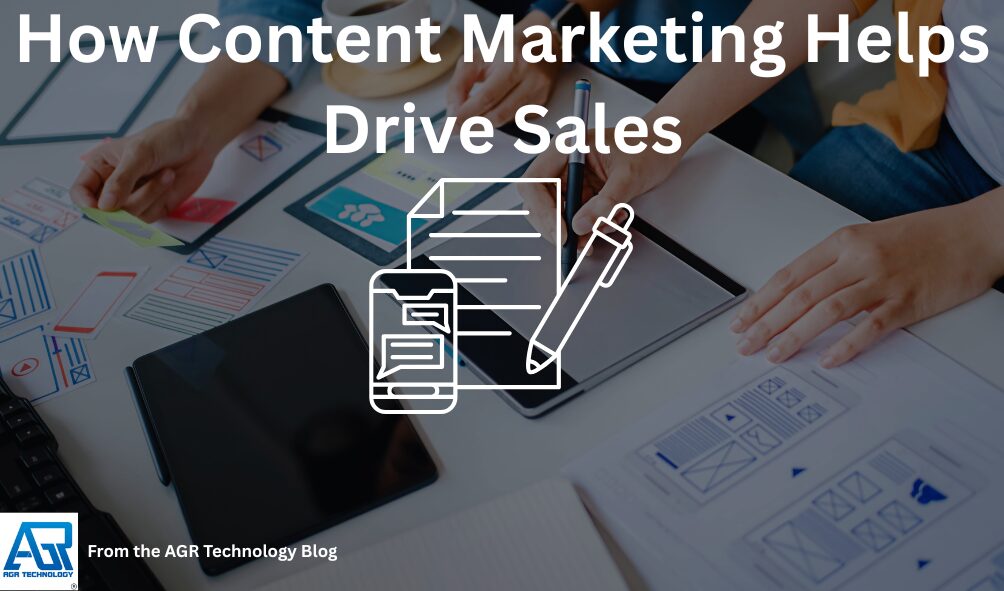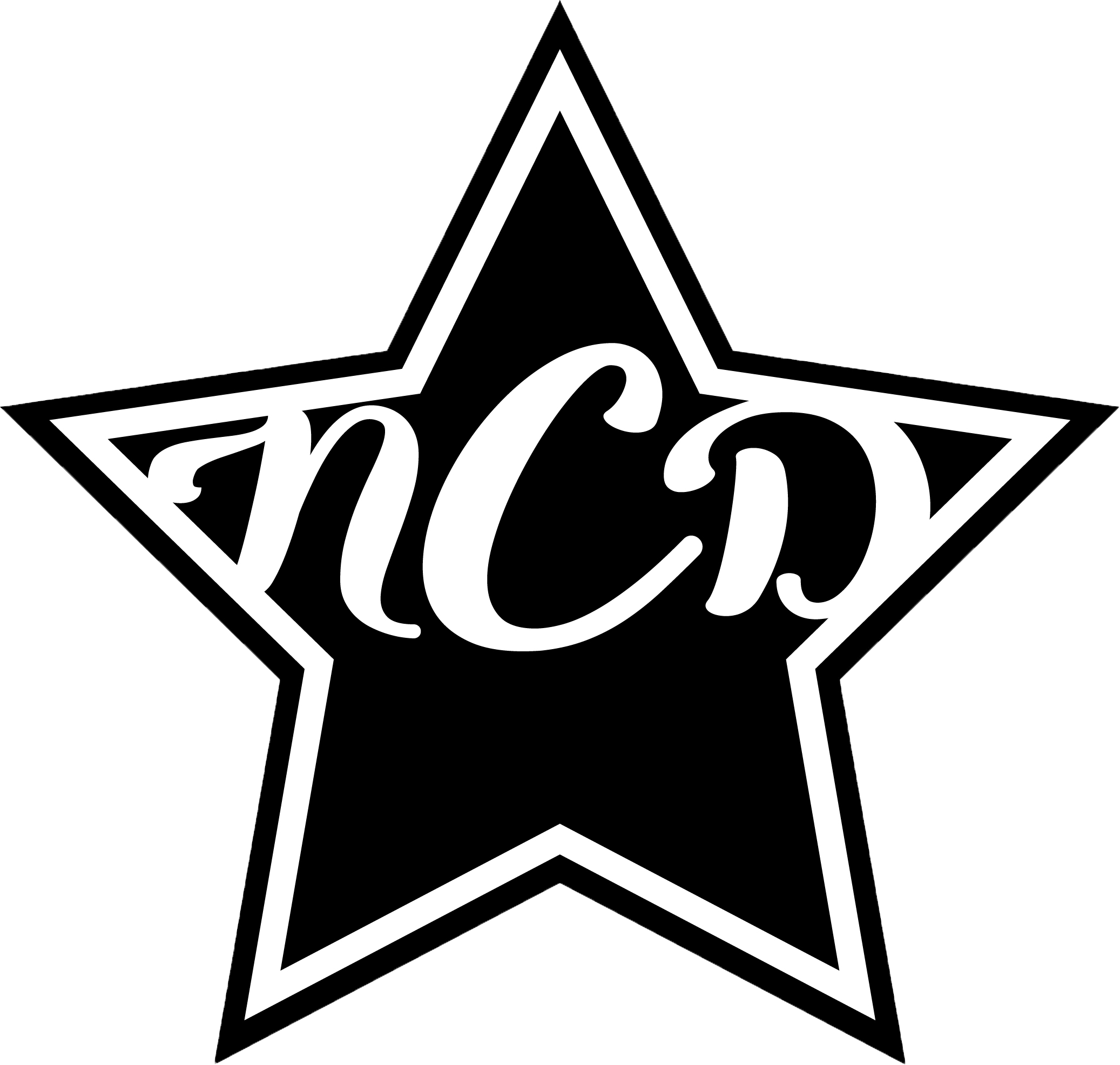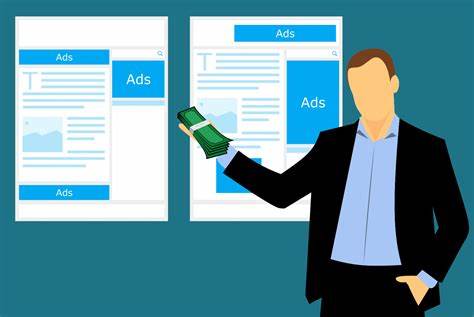If you’re under pressure to grow pipeline without wasting budget, you’re not alone. We help teams use content marketing to attract the right buyers, generate qualified leads, and move deals to closed-won, without guesswork. On this page, we’ll show how content fuels each stage of the buyer journey, the role of SEO and demand creation, and how to measure real revenue impact. And if you want help, AGR Technology can plan, produce, and optimize it all end to end.
Book a free consultation call with AGR Technology to see how we can help scale your brand with proven online marketing strategies
Reviews from some of our happy customers:
Supporting businesses of all sizes to get ahead with digital solutions
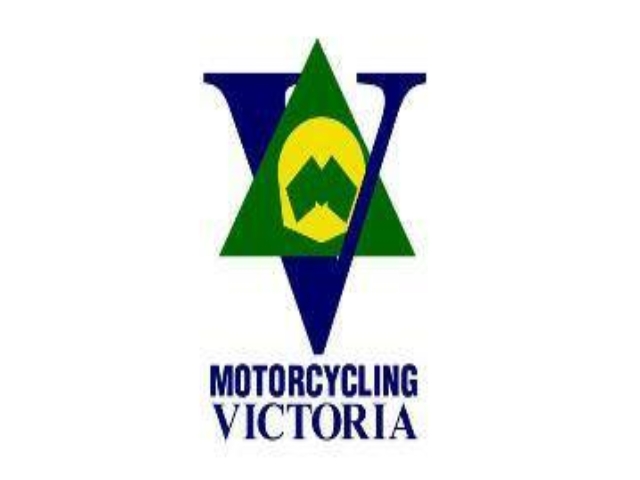
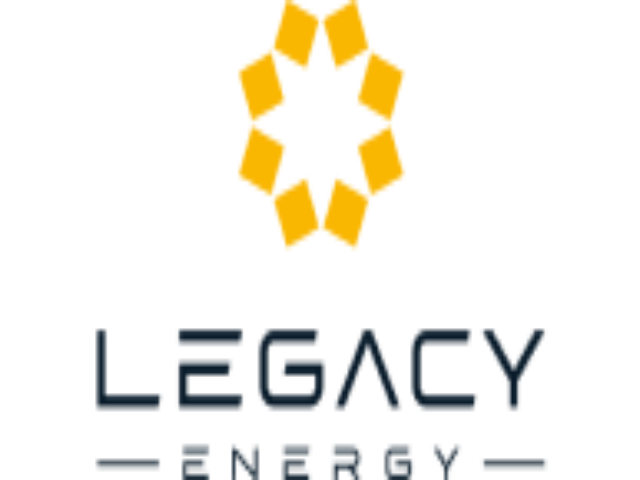
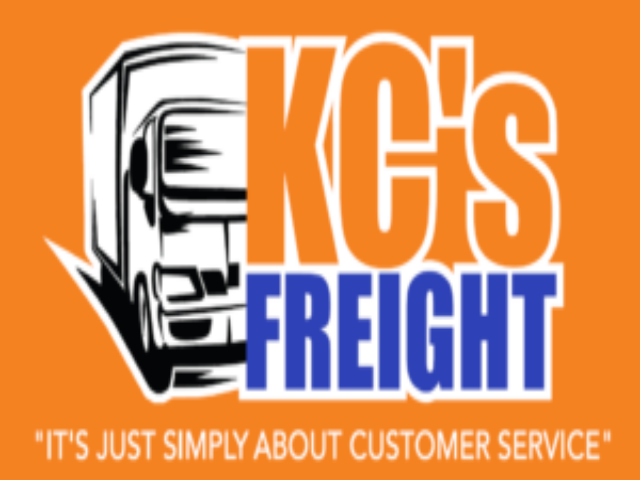



Why work with us?
How Content Influences The Buyer Journey
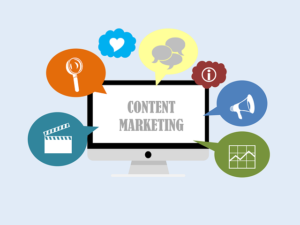
When prospects don’t know you yet, content is how they discover you. When they’re shortlisting, content is how they understand your fit. And when it’s time to buy, content is how they choose you with confidence.
Here’s how we map content to real buying behavior:
- Problem-led topics for early discovery (pain points, causes, options)
- Solution comparisons for mid-funnel clarity (trade-offs, pricing models)
- Proof and outcomes for late-stage assurance (case studies, ROI calculators)
Awareness, Consideration, And Decision Content
- Awareness: Educational blogs, guides, checklists, and videos that answer “why this matters.” We focus on category education and demand creation, not just capturing existing search.
- Consideration: Comparison pages, buying guides, webinars, and expert deep dives that align features with use cases. This is where thought leadership earns trust.
- Decision: Case studies, implementation plans, security/IT docs, and ROI tools tailored to stakeholders. Sales teams rely on these when procurement enters the chat.
Attracting Qualified Traffic With SEO And Demand Creation

Organic growth works best when we combine two motions: capture demand already in market and create demand with strong points of view.
Mapping Search Intent To High-Intent Topics
We build an SEO strategy around business-relevant queries, not vanity traffic. That means:
- Aligning keywords to funnel stages: problem, solution, brand, and competitor terms
- Prioritizing commercial intent pages: service pages, comparison pages, pricing context
- Structuring content hubs and internal links to build topical authority
- On-page optimization that keeps things human: clear headings, fast load times, mobile-first
We also ensure content satisfies search intent: if the query is “best X for Y,” the page compares options and shows selection criteria, no fluff.
Thought Leadership And Category Point Of View
Buyers follow credible voices. We help you publish a consistent point of view that:
- Challenges status quo thinking with data, field experience, and customer stories
- Answers nuanced questions your competitors dodge (trade-offs, integration limits, risks)
- Travels beyond search via LinkedIn, newsletters, industry communities, and PR
Converting Visitors Into Leads
Traffic isn’t revenue. Conversion design turns readers into leads and opportunities.
Lead Magnets And Gated Versus Ungated Content
We match the gate to the value and the funnel stage:
- Ungated: Educational posts, templates, and product explainer videos to maximize reach and links
- Light-gated: Checklists, calculators, and worksheets when buyers signal intent and want something tangible
- Heavier gates: Industry reports or in-depth playbooks for qualified audiences already shopping
We recommend gating only when it improves lead quality or sales velocity. And we always give a clear preview so prospects know what they’re getting.
Calls-To-Action And On-Page Conversion Best Practices
- Place CTAs contextually: inline, end-of-post, and sticky sidebars, one primary action per page
- Use benefit-led labels: “Get the ROI model,” “Compare plans,” “Book a strategy call”
- Reduce friction: short forms, social proof near the form, and transparent next steps
- Add trust signals: case study highlights, review badges, security/privacy assurances
Nurturing Prospects And Shortening Sales Cycles
Most buyers aren’t ready today. Smart nurturing keeps you top of mind and answers the next question before they have to ask.
Email Drip Sequences And Remarketing Journeys
We design journeys that feel helpful, not spammy:
- Drips by persona and pain, triggered by behavior (content consumed, pages viewed)
- Educational sequences that build toward a clear action: assessment, trial, or demo
- Remarketing that matches creative to funnel stage, not just a generic banner
- Marketing automation and CRM sync so signals (opens, clicks, revisits) are visible to sales
Sales Enablement Assets: Case Studies, Demos, And ROI Tools
We arm sellers with content that shortens meetings and reduces back-and-forth:
- One-page case briefs with outcomes, timelines, and metrics stakeholders care about
- Guided demos or sandbox videos tailored to use cases
- ROI/TCO calculators with editable assumptions your champion can share internally
- Implementation roadmaps and security overviews for technical diligence
Aligning Marketing And Sales Around Content
Alignment isn’t a meeting, it’s shared inputs, shared definitions, and shared narratives.
Addressing Objections And Competitive Differentiation
We collect objections from real calls and build content that handles them early:
- Total cost vs. price
- Integration complexity and data migration
- Security, compliance, and procurement hurdles
- “Why switch now?” vs. “Why stay put?”
We also produce competitor-comparison pages that are factual and fair, focusing on use-case fit and trade-offs rather than hype.
Using Content In Outreach, Follow-Ups, And Proposals
- SDR/BDR sequences with assets mapped to persona and trigger events
- Post-demo follow-ups that recap business value, next steps, and relevant proof
- Proposal annexes: scope clarity, success plans, and KPIs everyone understands
Measuring Impact And Proving Revenue Contribution
Content is an investment. We prove its impact with clear attribution and shared dashboards.
Funnel Metrics That Matter: Traffic, Leads, Pipeline, Revenue
We track what leads to revenue, not just pageviews:
- Visibility: organic rankings, impressions, and share of voice in priority topics
- Engagement: scroll depth, time on page, repeat visits, and content-assisted sessions
- Conversion: MQLs, SQLs, demo requests, trials
- Revenue: opportunities created, pipeline value, win rate, deal velocity, and influenced revenue
Reporting is built around cohorts and content clusters, so you can see how a pillar and its supporting assets move results over time.
Attribution Models And Content Influence On Deals
We use multi-touch and position-based models, plus simple “first/last touch” views for context. More importantly, we:
- Tag sales-stage content in CRM so influence is visible on opportunities
- Capture self-reported attribution (“How did you hear about us?”) to validate dark social impact
- Combine quantitative data with qualitative signals from call summaries and Gong/Zoom clips
Conclusion
Content marketing drives sales when it’s planned against the buyer journey, built on credible expertise, and measured by revenue, not vanity metrics. That’s the standard we hold ourselves to.
Next step: If you’re ready to turn content into a predictable growth channel, schedule a strategy call with AGR Technology. We’ll review your current content, highlight fast wins, and map a 90-day plan you can act on immediately.
Book a free consultation call with AGR Technology to see how we can help scale your brand with proven online marketing strategies
Frequently Asked Questions
How does content marketing help drive sales across the buyer journey?
Content marketing helps drive sales by matching assets to real buying steps: educational pieces spark awareness, comparisons and buying guides clarify fit, and proof like case studies and ROI tools remove risk at decision time. Together, they attract qualified traffic, generate high-intent leads, and move deals to closed-won.
What content works best at the awareness, consideration, and decision stages?
Awareness: educational blogs, guides, and videos that explain why the problem matters. Consideration: comparisons, webinars, and expert deep dives aligning features to use cases. Decision: case studies, implementation plans, security docs, and ROI/TCO calculators tailored to stakeholders. Each stage answers the next buyer question and builds confidence.
How do SEO and demand creation work together to attract qualified buyers?
SEO captures existing demand by aligning keywords to funnel stages, prioritizing commercial-intent pages, and structuring content hubs. Demand creation publishes a strong point of view that challenges assumptions and travels via LinkedIn, newsletters, communities, and PR. Together, they grow qualified traffic that converts—not vanity clicks.
What are best practices for CTAs and gating to convert traffic into leads?
Use contextual CTAs (inline, end-of-post, sticky) with benefit-led labels and one primary action per page. Keep forms short, add social proof, and set clear next steps. Gate selectively: ungate education, light-gate tools/templates, and reserve heavier gates for in-depth reports when intent and fit are strong.
How can I measure the revenue impact of content marketing?
Track visibility (rankings, impressions, share of voice), engagement (scroll depth, time on page, assisted sessions), conversion (MQLs, SQLs, demo requests), and revenue (pipeline created, win rate, deal velocity, influenced revenue). Use multi-touch and position-based attribution, tag sales-stage assets in CRM, and capture self-reported attribution.
How long does it take for content marketing to drive sales, and how often should we publish?
Expect early SEO traction in 60–90 days and clearer pipeline impact in 3–6 months, faster with existing authority and paid amplification. Prioritize quality and intent over volume: publish 1–4 high-impact pieces weekly, supported by consistent distribution and updates to keep rankings, engagement, and conversions growing.
Related resources:
Specialist Legal Content Writing Services
Digital Marketing For B2B SaaS Companies

Alessio Rigoli is the founder of AGR Technology and got his start working in the IT space originally in Education and then in the private sector helping businesses in various industries. Alessio maintains the blog and is interested in a number of different topics emerging and current such as Digital marketing, Software development, Cryptocurrency/Blockchain, Cyber security, Linux and more.
Alessio Rigoli, AGR Technology
![logo-new-23[1] logo-new-23[1]](https://agrtech.com.au/wp-content/uploads/elementor/thumbs/logo-new-231-qad2sqbr9f0wlvza81xod18hkirbk9apc0elfhpco4.png)
